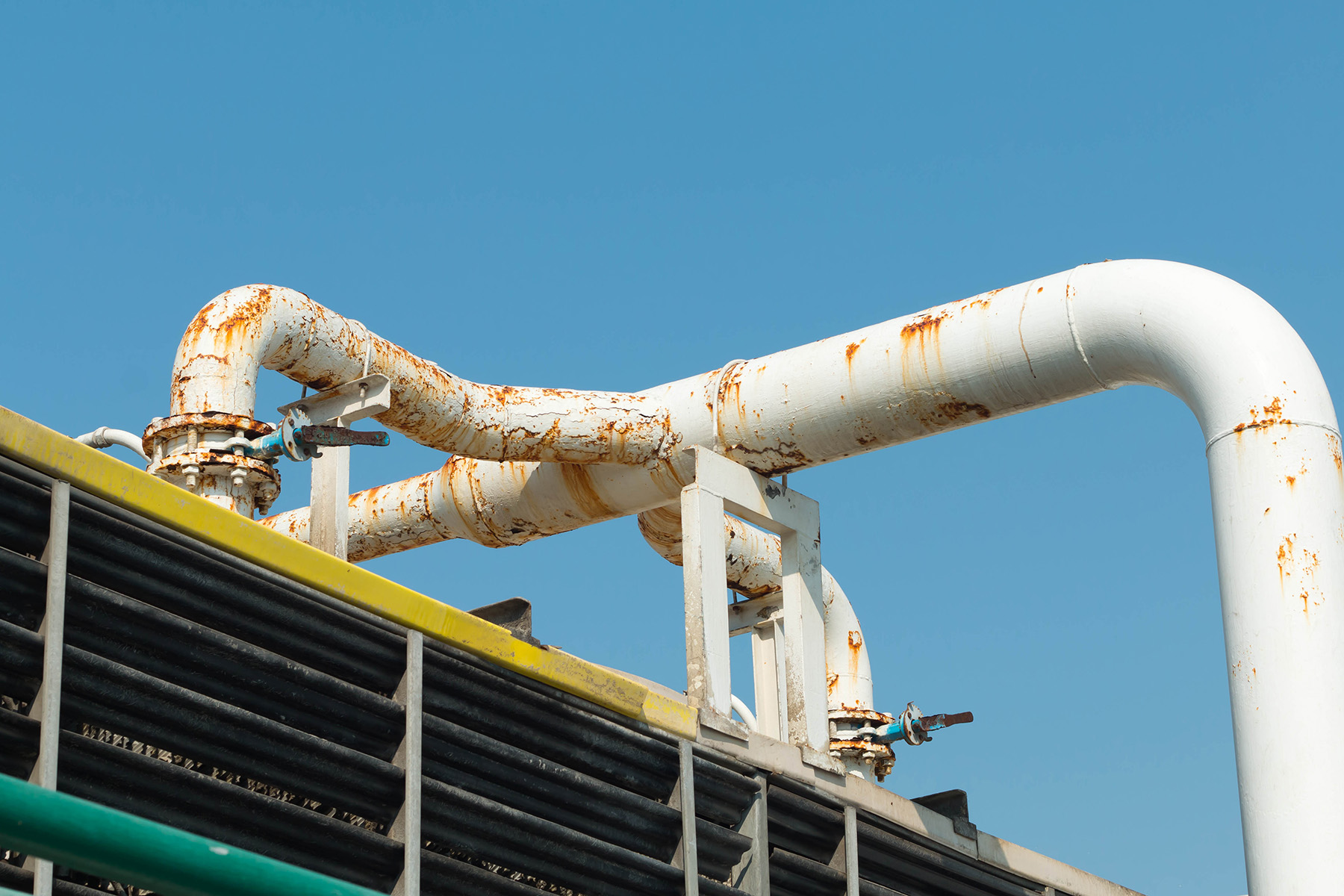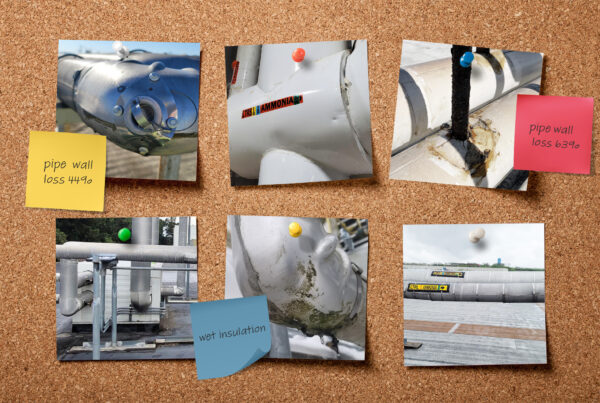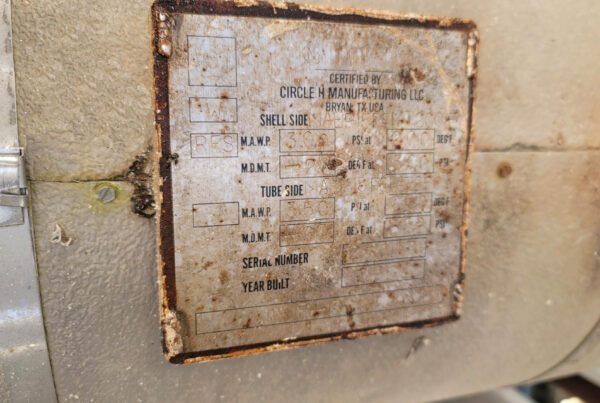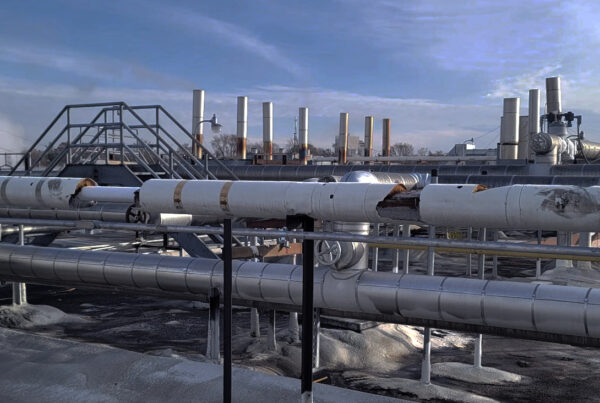How Assumptions Can Lead Your Pipe Inspection Astray
Our brains make assumptions to save us time, and many times those assumptions prove both useful and correct. Other times, they may cause us to believe things we shouldn’t—and this can be a detriment to achieving an accurate inspection of an industrial piping system.
As an example, we were recently looking at a large warehouse that had over 50 insulated penthouses on the roof with identical piping configurations. We took four readings with the Lixi Profiler on each unit’s defrost return line, and every single section of pipe was measuring nearly identically, with plenty of capacity.
On the final day of testing, however, we came upon a unit where two of the measurements indicated something was off. The first two measurement locations measured similar to the hundreds of other readings we had taken throughout the facility. But the third and fourth locations we measured on that unit indicated the pipe was significantly thinner. I visually checked the insulation for evidence of corrosion, but none was present. Additionally, the measurements at the third and fourth location were exactly the same, which also told me corrosion was unlikely. After all, corrosion would not be so uniform.
The only logical explanation was that this particular section of pipe was not the same as what we measured throughout the rest of the plant—at least, that was my thought. But the plant’s refrigeration expert vehemently disagreed.
“What you’re saying is that this section of pipe is smaller than the rest? That’s impossible!”
I showed him the data again. “The data shows that this section of pipe is either 1¼″, schedule 40, or ¾″, schedule 80.”
“I doubt it. All the pipe here is up to code, and it’s 1¼″, schedule 80.”
I knew he was telling me this because he believed all the pipe in the plant was uniform, and there was no obvious reason this section should be any different. But I still asked him to tell me why it was impossible for this section of pipe to be smaller.
“A smaller pipe wouldn’t be able to handle what this unit needs. It simply has to be 1¼″, schedule 80,” he reasoned.
But as I looked again at the data—which explained the condition of the pipe under the insulation—I knew there were only two options. And I knew that the true impossibility was that we were looking at a pipe that measured the way he thought it did.
He went back to do a visual inspection of the pipe after removing the insulation and found that it indeed was 1¼″. At that point, he asked me to come back on site to confirm our data and determine if the pipe was schedule 40 or 80. Sure enough, this section of pipe was schedule 40.
We often ask our clients, “Are you looking for corrosion, or are you measuring your system?”
The answer is important, because if you aren’t looking at your system as a whole, you will miss important pieces of data—and the implications of that data.
Taking hundreds of measurements across a system, as we did at the warehouse mentioned above, makes it easy to use assumptions to rationalize the data. We could have assumed that the pipe was fine, since there was no sign of corrosion and it hadn’t caused any problems within the system.
With that mindset, we would have correctly identified that there was no corrosion on the pipe, but would have missed the fact that a non-compliant segment of pipe was initially installed that could impact the system down the road. Additionally, in the end, it was better for the refrigeration expert and all the staff to know the actual size of the pipe in their warehouse. Armed with the facts, they were able to make the decision to bring that unit up to code by replacing it with the correct schedule of pipe.
If you want to correctly analyze your data, you must be able to capture it. In the previous scenario, I mentioned earlier how the Lixi Profiler was giving me data that indicated the condition of the pipe under the insulation. Other forms of testing, which look only at external issues with the pipe, would never have identified this section of pipe as non-compliant. The system would have continued to be out of code, while everyone just assumed the system was perfectly fine.
What assumptions are you making about your system?



